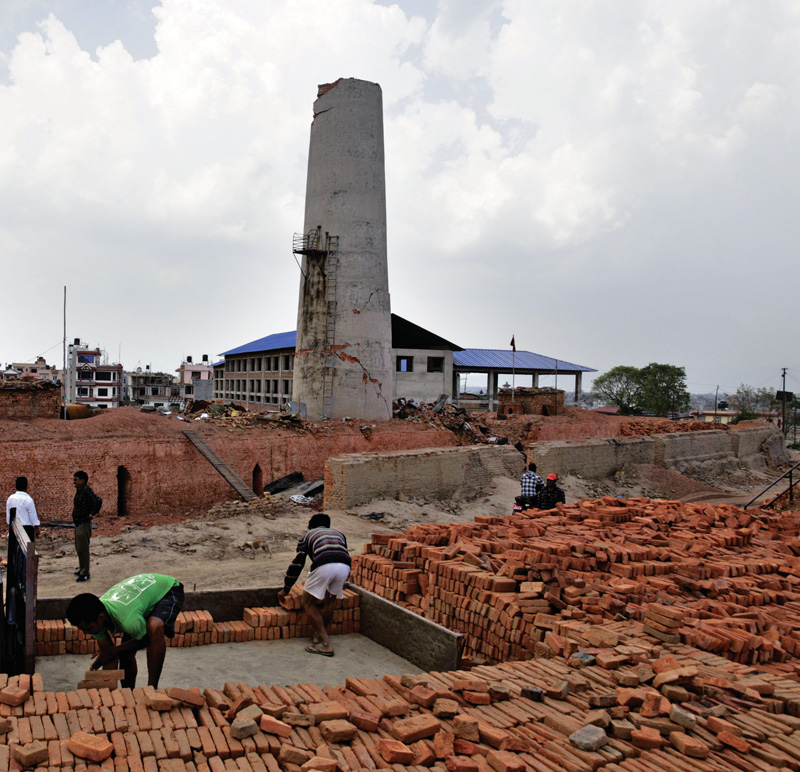Brick Kilns still a hub of child labour: Study
Kathmandu, June 12
Though children were given rights in the constitution, in actuality, they were not able to enjoy their rights.
Many child activists and ministries are working for the welfare of children, but they have not been able to eradicate it. Whether it is labour practised in hotels, restaurants or workshops, brick kilns or buses, the pathetic situation will remain in the Valley.
Among the familiar workplaces where child labour is prevalent, the brick kilns have emerged as the Hub of child labour. Children below 18 years in Kathmandu valley come along with their parents and they too get involved in the occupation of menials in the brick kilns. According to International Labour Organisation, brick factories are one of the most exploitative forms of child labour.
Kathmandu Valley has more than 750 brick kilns where more than 200,000 direct employees work every season. Mostly people from Kavre, Ramechhap, Rolpa, Dang and Sindhuli migrate seasonally for employment along with their children. According to the report, ‘A rapid Assessment of Children in Brick Kilns of Kathmandu Valley,’ conducted by Children Development Society, Kathmandu, from February 2017 to March 2017, 16 per cent children are employed as child labourers among the total 200,000 labourers at the Kilns. A total of 49 districts have been identified as worker-supplying districts.
Similarly, 32 per cent children and 68 per cent adults are residing on the premises of brick factories. As shown in the report, 17 per cent children are below five, 17 per cent children from 5 to 10 years, 18 per cent children from 10 to 15 years and 7 percent from the age 15 to 18 years are residing on the premises of brick kilns or nearby.
“Poverty is not always a major cause for the high drop-out of children from schools, who are working in brick kilns. The major reason is that they don’t get an environment to study and this results in lack of interest in studies. Twenty-two per cent children who are employed in brick factories are involved in some kind of work such as making bricks, carrying water or supporting the family by performing household chores etc,” said Kiran Thapa of Child Development Society, Kathmandu.
According to the report, 53 per cent boys and 47 per cent girls from the age of 5 to 18 years are engaged in the brick kilns as labourers, while those above 16 years old work more than 12 hours a day. Eleven per cent children from the age 5 to 14 work for three hours a day while 2 per cent from the same age group work more than 12 hours a day.






